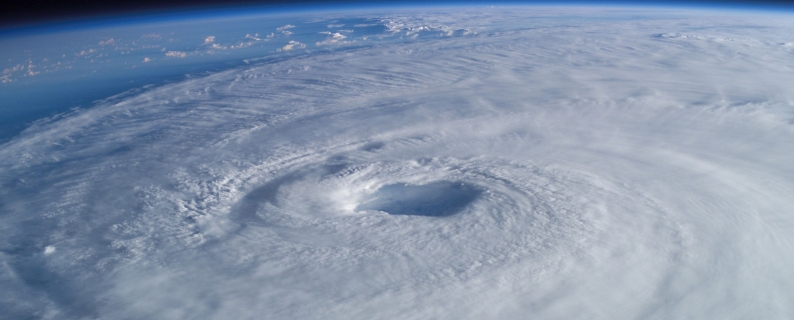Tropical cyclones (known as typhoons, cyclones, and/or hurricanes) are rapidly rotating, warm-cored, atmospheric vortices and are among the most destructive natural hazards in the world. An intense cyclone is often featured with a calm, precipitation-free eye surrounded by a nearly closed eyewall, and distinct spiral rainbands further outside. Tropical cyclones mainly develop over warm waters in the tropical or subtropical oceans. The formation, structure, and intensity changes of these storms involve complex multi-scale interactions that are not yet completely understood. As a result, our ability to predict the genesis, motion, structure, and intensity change of a tropical cyclone is very limited. Recent concerns about the possible impact of global warming on the activities of such storms have renewed questions about what determines their intensity and what factors affect their frequency over different ocean basins.








